Waterproof Wood: A Comprehensive Guide
Waterproofing wood is essential for prolonging its life and maintaining its aesthetic appeal. Whether it’s for outdoor furniture, decking, or other wood projects, making wood water-resistant can prevent swelling, warping, and rot.
Why Waterproof Wood?
Wood is a natural material that absorbs moisture. When exposed to water, it can expand, contract, and eventually deteriorate. Waterproofing wood helps to create a barrier against moisture, reducing these effects. This is especially important for wood used outdoors or in areas prone to humidity.
Common Methods of Waterproofing Wood
1. Sealants
Sealants are a popular choice for waterproofing wood. They form a protective layer on the wood surface, preventing water penetration. There are various types of sealants available:
- Polyurethane – Provides a hard and durable finish, suitable for both indoor and outdoor use.
- Varnish – Comes in gloss, semi-gloss, and satin finishes, offering UV protection as well.
- Spar Varnish – Specifically designed for outdoor use and exposure to harsh weather conditions.
- Thompson’s WaterSeal – A widely used product known for its waterproofing capabilities.
2. Oils
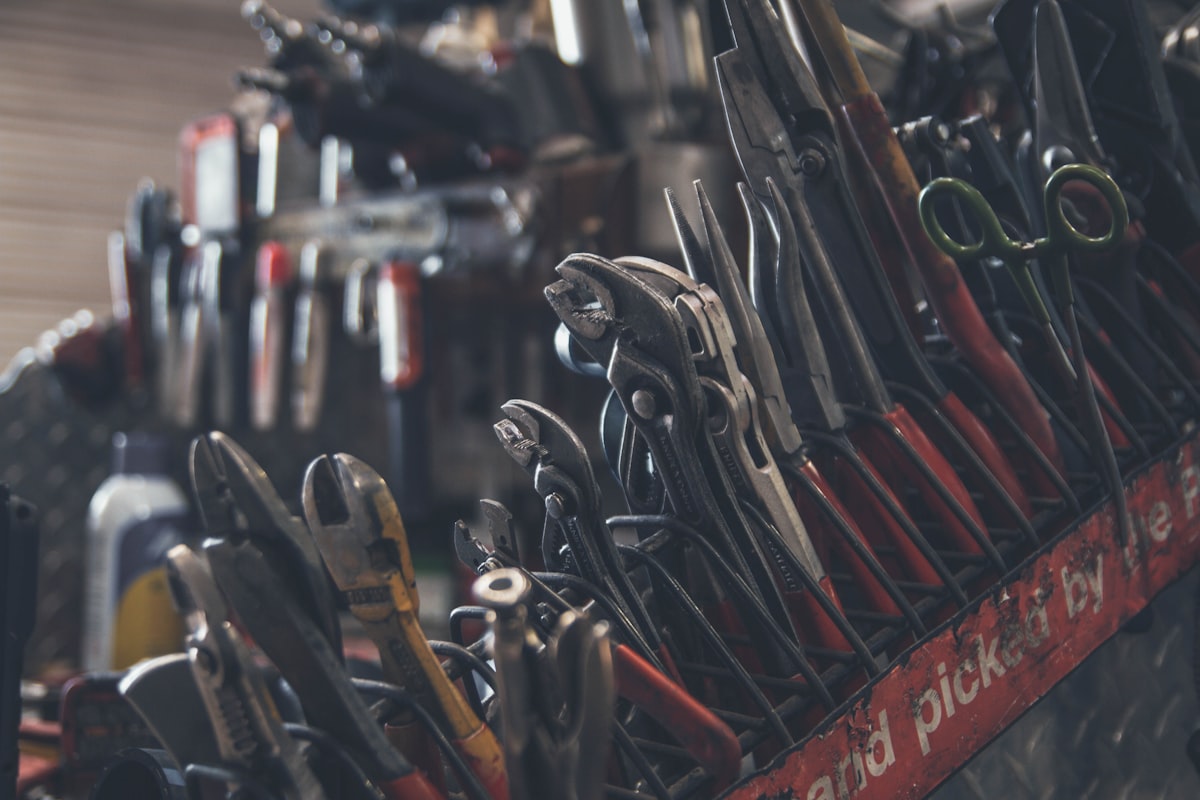
Natural oils can penetrate the wood and provide water resistance. These oils also enhance the wood’s natural look:
- Tung Oil – Penetrates deeply into the wood and hardens to form a protective layer.
- Linseed Oil – A traditional oil that provides a good level of water resistance but needs regular reapplication.
- Danish Oil – A blend of oil and varnish, offering a durable finish with a natural appearance.
3. Stains
Stains add color to wood while also offering a degree of water protection. They are available in various shades and can be combined with sealants for added durability:
- Water-based Stains – Easy to clean and environmentally friendly.
- Oil-based Stains – Penetrates deeper and provides a longer-lasting finish.
4. Epoxy
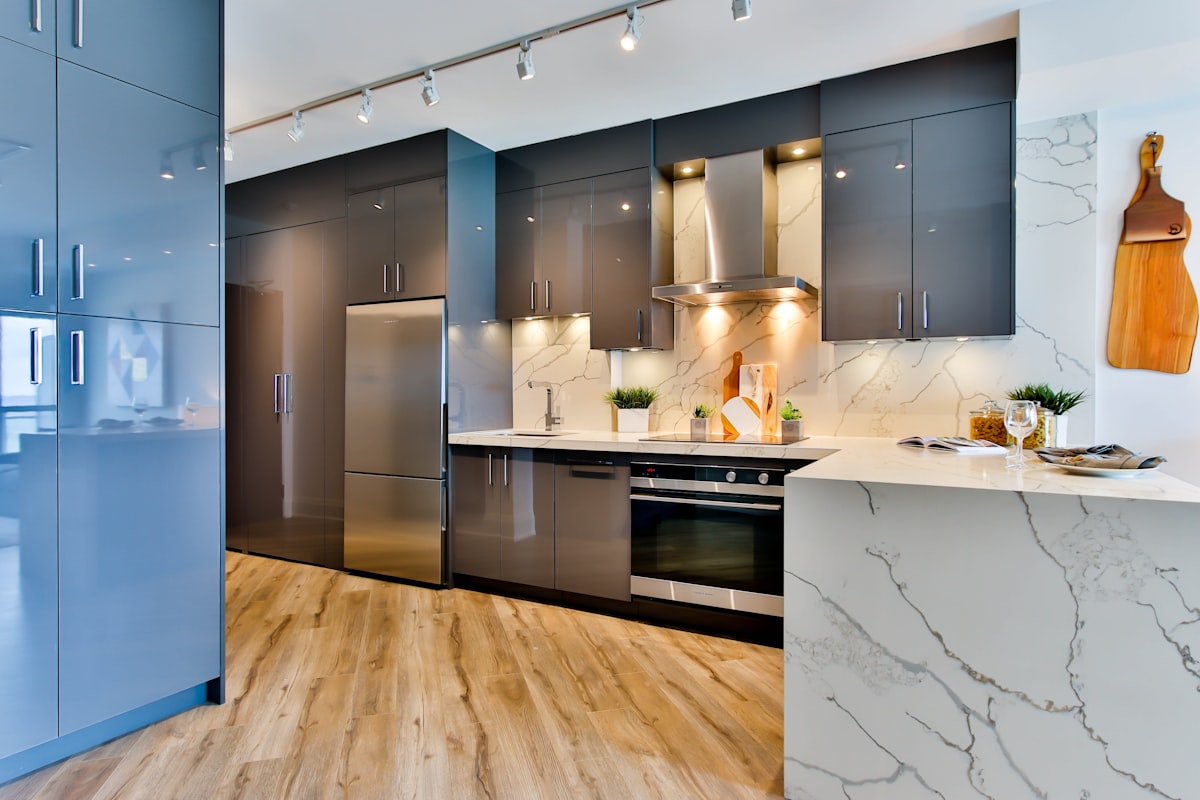
Epoxy provides a robust waterproof coating. It is a two-part mix that creates a strong, clear, and durable finish. Perfect for heavy-duty use, like in boats or countertops.
Step-by-Step Waterproofing Process
Preparation
Start by sanding the wood surface to remove any rough spots and previously applied finishes. Clean the wood to remove dust and debris. If necessary, repair any cracks or holes with wood filler.
Application
Choose your preferred method of waterproofing. If using a sealant, stir it well and apply it with a brush, foam applicator, or sprayer. For oils, use a clean, lint-free cloth to rub the oil into the wood grain. For stains, apply evenly and allow it to penetrate before wiping off excess.
Drying
Allow the applied product to dry thoroughly, following the manufacturer’s instructions. This can vary from a few hours to overnight. Apply additional coats if necessary, ensuring each coat dries completely before the next application.
Maintenance
Regular maintenance is crucial to keep the waterproofing effective. Check the wood periodically for any signs of wear or water damage. Reapply the chosen product as needed, typically every couple of years for sealants, or more frequently for oils.
Types of Wood and Waterproofing
Softwoods
Pine, cedar, and redwood are common softwoods. They generally absorb more moisture, making waterproofing essential. Softwoods often require more frequent reapplication of waterproofing treatments.
Hardwoods
Teak, oak, and mahogany are examples of hardwoods. They are denser and naturally more water-resistant but can still benefit from additional protection. The natural oils in some hardwoods, like teak, provide a degree of water resistance but still need maintenance.
Special Considerations
Consider the environment where the wood will be used. For outdoor projects, select products rated for exterior use. Indoor projects, especially in humid areas like bathrooms, also require careful selection of waterproofing methods. Always follow the manufacturer’s instructions for the best results.
Environmental Impact
Some waterproofing products contain volatile organic compounds (VOCs) that can be harmful to the environment. Opt for low-VOC or water-based products to reduce environmental impact. Dispose of all products responsibly and follow local regulations.
Alternative Waterproofing Methods
Modern advancements have introduced alternative methods like nanotechnology coatings and environmentally friendly sealants. These products promise effective waterproofing with minimal environmental impact.
DIY vs. Professional Waterproofing
While many waterproofing tasks can be done by DIY enthusiasts, some projects may require professional help. Large surfaces or intricate woodwork may benefit from expert application to ensure even coverage and durability. Professionals have access to specialized tools and products not always available to consumers.
Common Mistakes to Avoid
- Skipping Sanding – Not sanding the wood can result in uneven absorption of the waterproofing product.
- Ignoring Manufacturer Instructions – Each product has specific application methods and drying times.
- Not Applying Enough Coats – More than one coat is often necessary to achieve effective waterproofing.
- Using Incorrect Products – Indoor products might not hold up outdoors; select products accordingly.
Final Thoughts
Waterproofing wood is a crucial step in ensuring the longevity and beauty of wood products. With the right methods and products, you can protect your wood from the damaging effects of water, ensuring it remains strong and attractive for years to come.
“`
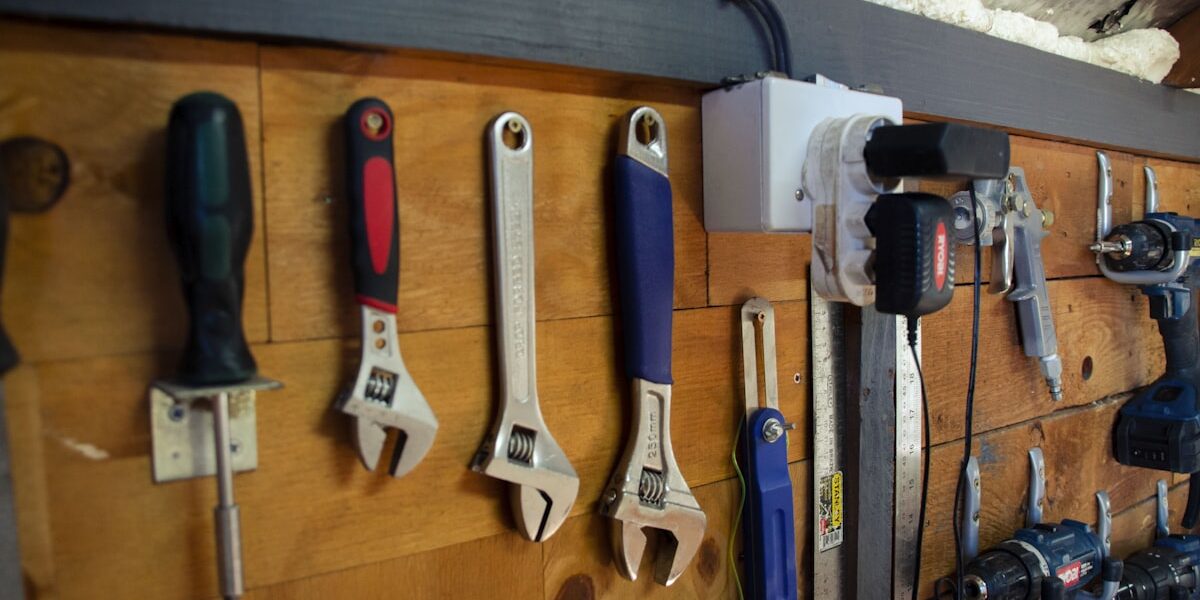
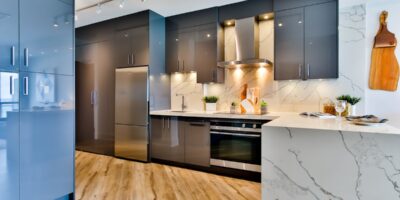
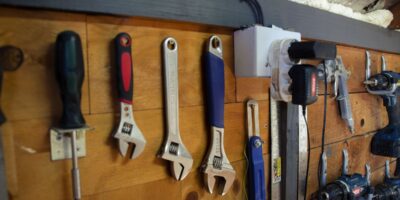

Subscribe for Updates
Get the latest articles delivered to your inbox.
We respect your privacy. Unsubscribe anytime.